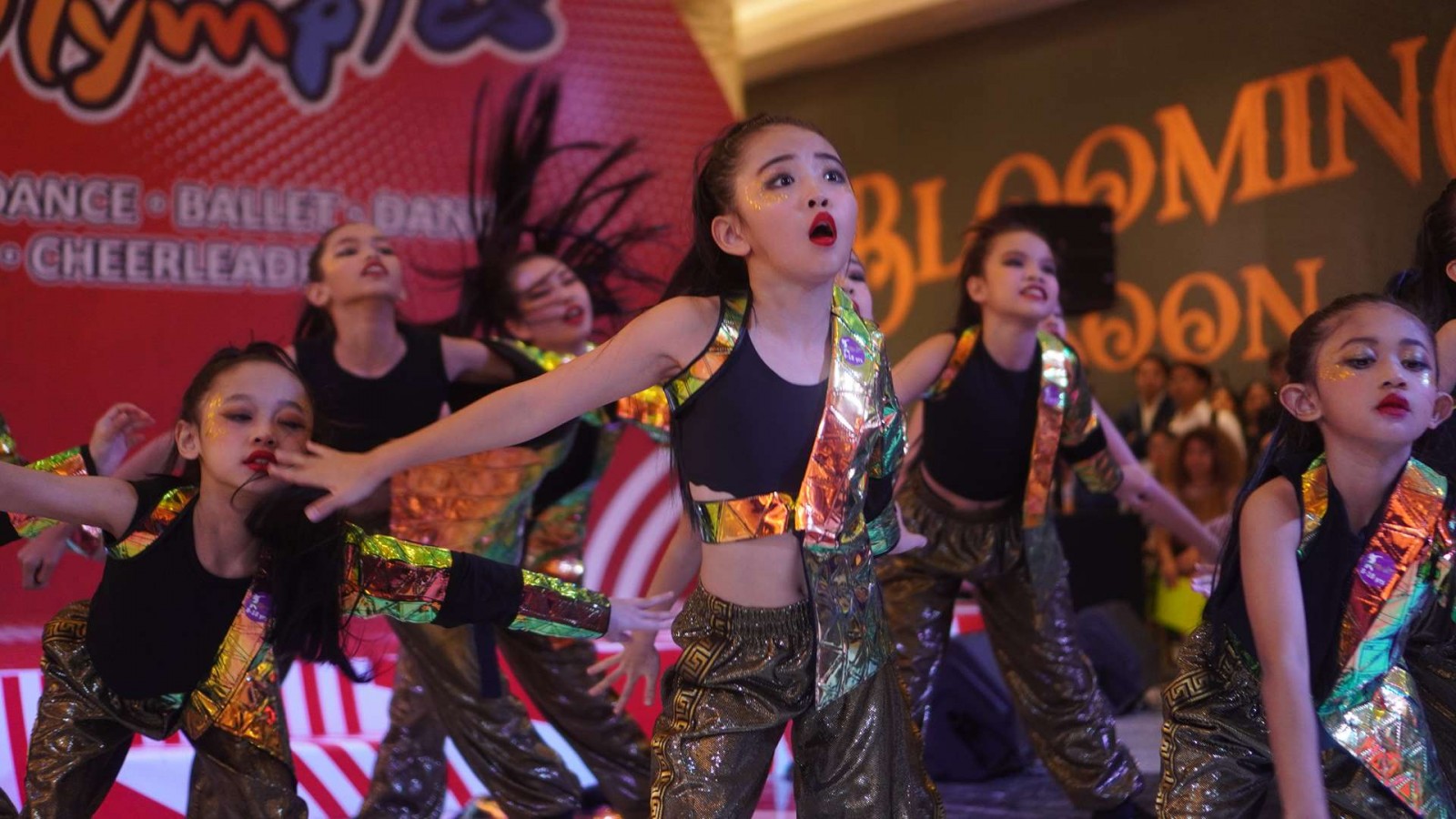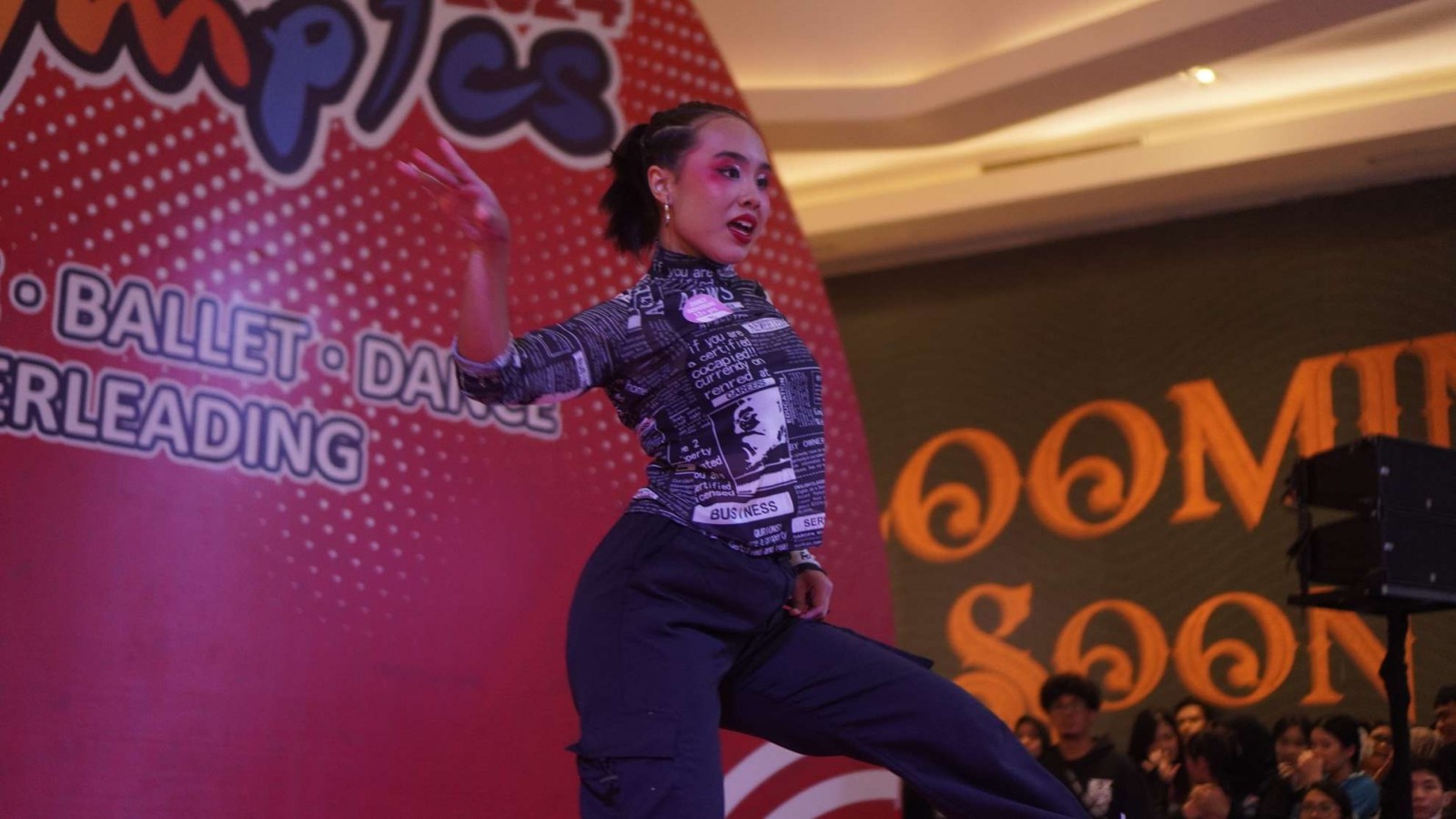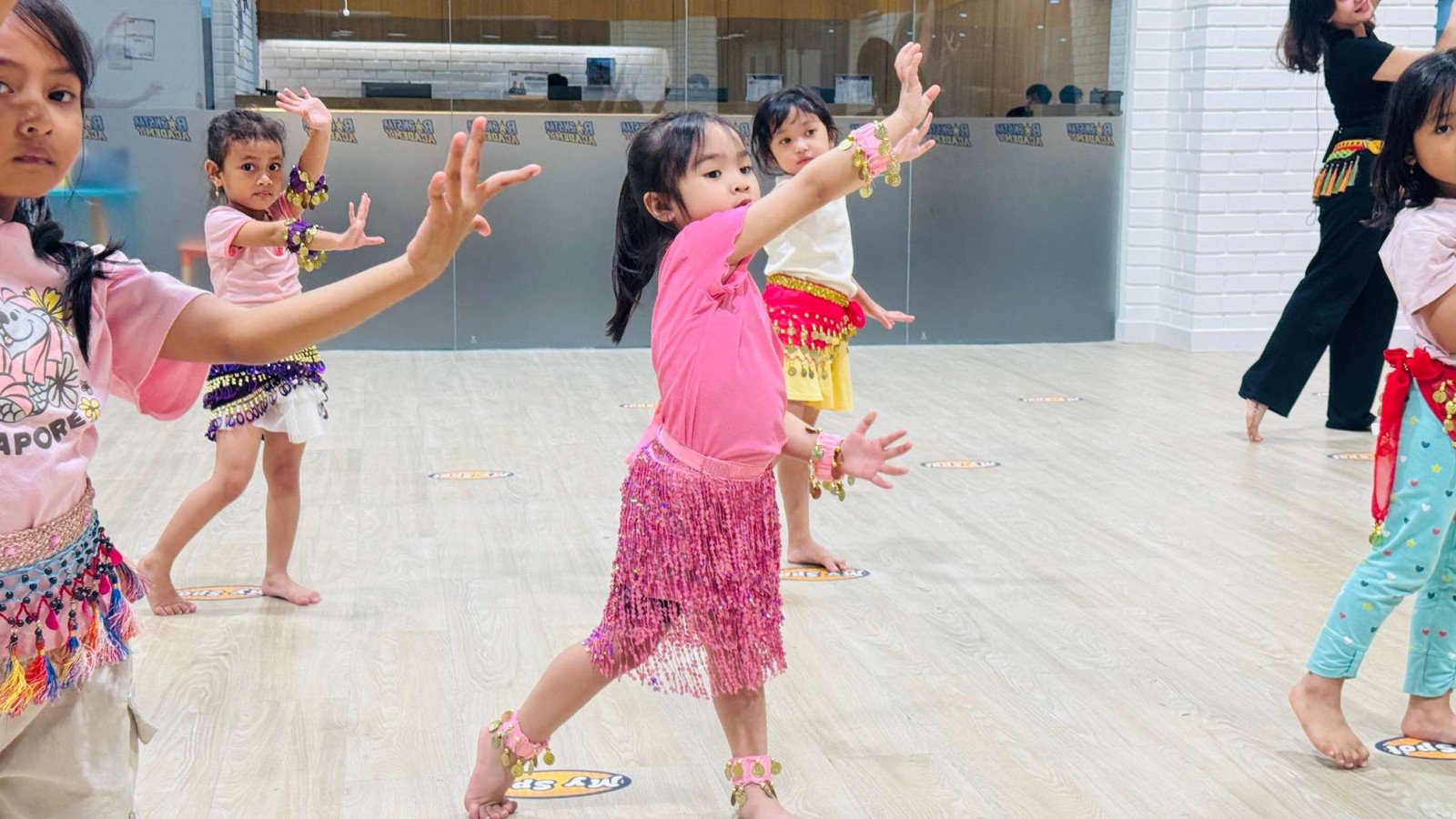Expression In Dance: How To Improve and Use Expression in Dance

Dance is about conveying emotions, telling stories, and connecting with the audience. One of the most powerful tools in a dancer's arsenal is facial expression. Your face can tell a story, communicate a feeling, or emphasize the mood of a piece.
But how can you improve and effectively use facial expressions in dance? Let’s dive into the world of dance expression and explore some tips to help you elevate your performance.
Why Facial Expressions Are Crucial in Dance
Facial expressions are what make a dance performance relatable and impactful. Without them, even the most technically perfect dance can feel flat or disconnected. Here’s why they are so important:
A. Communication
Dance is often referred to as a universal language. However, the emotions behind the movements need to be clear, and this is where facial expressions come in. They communicate the dancer's feelings and intentions, making the performance understandable to the audience.
B. Storytelling
Many dance pieces are created to tell a story or convey a particular message. Facial expressions add depth to this storytelling by showing the character's emotions or highlighting key moments in the narrative.
C. Connection
The audience wants to feel something when they watch a dance. Facial expressions help create an emotional connection between the dancer and the audience, making the performance more memorable.
D. Enhancing Movement
A well-executed movement is impressive, but when paired with the right facial expression, it becomes powerful. Expressions can emphasize the dynamics of the dance, whether it’s the joy in a light-hearted routine or the intensity in a dramatic piece.
How to Improve Dance Facial Expressions
Improving facial expressions in dance takes practice, just like any other aspect of the art form. Here are some tips to help you develop this skill:
1. Understand the Emotion Behind the Dance
Before you can express an emotion, you need to understand it. Take time to analyze the piece you’re working on. What is the theme? What emotions are being conveyed? Understanding the emotional landscape of the dance will make your expressions more genuine and natural.
2. Practice in Front of a Mirror
Just as you practice your dance moves in front of a mirror, you should also practice your facial expressions. This allows you to see what your face is doing and make adjustments as needed.
Start by focusing on one emotion and exaggerating it, then tone it down to find the right balance for your performance. By doing this, you can slowly be confident in dancing.
3. Record Yourself
Recording your practice sessions can be incredibly useful. Watching the playback helps you see if your facial expressions match the emotions you’re trying to convey. It also allows you to catch any unconscious habits, like a furrowed brow or a tight jaw, that might detract from your performance.
4. Experiment with Different Expressions
Don’t be afraid to play around with different expressions during your practice. Try different levels of intensity, angles, and subtleties to see what works best for each moment of the dance.
Remember, not every moment requires a big smile or a dramatic scowl, sometimes, a subtle shift in the eyes or a slight tilt of the head can be more powerful.
5. Incorporate Breathing Techniques
Your breathing can influence your facial expressions and overall performance. Deep, controlled breathing helps you stay relaxed, which in turn allows your facial muscles to move more freely. Breathing can also be used to enhance the emotional quality of your expression, such as a deep inhale to convey surprise or a slow exhale to show relief.
6. Work on Emotional Authenticity
Audiences can tell when an expression is forced or fake. To avoid this, focus on making your expressions authentic. One way to do this is by recalling personal experiences that evoke the same emotions you’re trying to portray in the dance.
If a piece is about joy, think of a moment in your life when you felt truly happy and channel that feeling into your expression.
7. Integrate Expressions with Movements
Facial expressions should complement your movements, not distract from them. Practice integrating expressions with your choreography so that they flow naturally. For example, if the choreography includes a sharp, powerful movement, pair it with an intense expression to amplify the impact.
How to Use Expression in Dance
Now that you’ve worked on improving your facial expressions, let’s talk about how to use them effectively in your dance performances:
1. Match the Expression to the Music
Your facial expressions should reflect the mood and emotion of the music you’re dancing to. The music sets the tone for the dance, and your face should enhance that feeling.
Imagine you’re performing a joyful, upbeat jazz routine to a lively song. Your facial expression should match the energy of the music—perhaps a big, genuine smile with wide eyes to show excitement and happiness.
On the other hand, if you’re dancing to a slow, melancholic piece, your expression might be more somber, with soft eyes and a relaxed mouth, conveying a sense of sadness or longing.
2. Be Mindful of Transitions
Just like your dance moves transition smoothly from one to the next, your facial expressions should also change fluidly. Abrupt changes can feel jarring and take away from the performance.
Smooth transitions in expression make your performance feel more natural and polished. They help maintain the flow of the dance and keep the audience immersed in the story you’re telling.
3. Use Your Eyes
Your eyes are incredibly powerful in conveying emotion. They can direct the audience’s focus, communicate feelings, and enhance your overall expression.
The eyes are often called the “windows to the soul,” and in dance, they help bring authenticity to your performance. Using your eyes effectively can make your expressions more convincing and help you connect more deeply with the audience.
4. Balance Subtlety and Exaggeration
Depending on where you’re performing and the style of dance, you may need to adjust how exaggerated or subtle your facial expressions are. Large venues might require bigger expressions, while more intimate settings might call for subtler ones.
If you’re performing in a large theater during a powerful, emotional piece, you might need to exaggerate your expressions so that they’re visible even to the people in the back row.
This could mean widening your eyes more, opening your mouth slightly when expressing surprise, or frowning more deeply to show sadness. In contrast, if you’re dancing in a small studio performance, you might use more subtle expressions such as a slight lift of the eyebrows or a gentle smile to convey the same emotions.
5. Stay in Character
Once you’ve committed to a character or emotion in your dance, it’s important to maintain that expression throughout the performance. Breaking character can disrupt the flow of the dance and take the audience out of the moment.
Let’s say you’re performing as a fierce warrior in a hip-hop dance battle. Your expression might be intense, with narrowed eyes and a strong, determined look.
Even if you make a mistake in the choreography, it’s important to keep that fierce expression rather than showing frustration or embarrassment. Staying in character maintains the overall impact of the performance.
6. Use Expressions to Highlight Key Moments
Certain moments in your dance routine are more significant than others, these might be a powerful leap, a dramatic pause, or an emotional movement. Using facial expressions to emphasize these moments can make them stand out more.
Highlighting key moments with your expressions makes those parts of the dance more impactful. It helps the audience understand the significance of those moments and makes your performance more memorable.
Still Need Help in Using Expression in Dance?
In conclusion, mastering expression in dance is a journey that can significantly enhance your child’s performance, making it more engaging and memorable. If your child needs guidance in using expression in dance, enrolling them in a dance program at Rockstar Academy is a fantastic way to help them grow.
We offer a wide variety of dance classes, including Hip Hop, Break Dance, Belly Dance, Traditional Dance, K-Pop, and many more, designed to inspire and challenge all our students.
By joining our classes, your child will also have the opportunity to compete in events such as Dance Recital, Elite Championships, and RockOlympics—events and competitions that provide invaluable learning experiences and help them discover their true potential in dancing. Plus, you can explore our classes first-hand by signing up for a free trial class!
FAQ
How can I make my facial expressions more natural when dancing?
Practice is key. The more you practice in front of a mirror or record yourself, the more natural your expressions will become. Focus on understanding the emotion behind the dance and let that guide your expressions. Also, think about personal experiences that evoke similar emotions to make your expressions more authentic.
How do I know if my facial expressions are too much or not enough?
The best way to gauge this is by recording your performance and watching it back. Pay attention to whether your expressions match the music, choreography, and overall tone of the dance. If you’re performing for an audience, ask for feedback from teachers, peers, or even friends and family.
What if my dance style is more abstract and doesn’t have a clear emotion?
Even in abstract dance styles, facial expressions can play a role in setting the tone or mood. Consider using more neutral expressions or subtle changes in your face to complement the movements. The goal is to enhance the performance, whether through overt emotion or understated expression.



